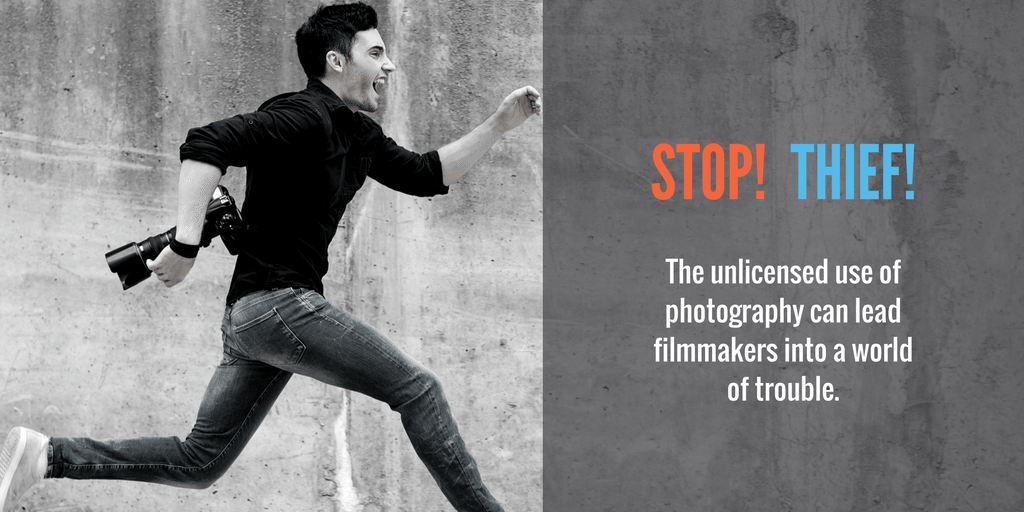How Well-Known Portraits Create Copyright Infringement
The use of a well-known portrait can add a distinctive flair to your production. From filmmakers creating documentaries to filmmakers creating fact-based dramas, there’s nothing like a prize photograph front and center in the production.
However, using well-known portraits can raise accusations of copyright infringement, something that Spotify is experiencing firsthand.

From Court Documents
The music-streaming platform is facing legal challenges not over the music it offers, but over the use of a photograph.
Spotify garnered attention from one of its photos of the Notorious B.I.G., but it was attention of the wrong kind…
As the article explains, the photograph attracted the attention of the original photographer, Dana Lixenburg, who has now filed a complaint against the gi
ant, arguing copyright infringement.
Spotify is only a music provider, but it is easy to draw a connection between this development and other players in the entertainment industry.
If this massive corporation could wade into legal trouble over a single picture, then imagine the consequences of a production house creating a film containing a copyrighted photograph or work of art in a scene.
The legal costs and the production holdup resulting from these issues can easily be prevented. It all starts with understanding copyright infringement basics and how to manage the risk your film carries for this legal point.
Copyright Infringement Basics
The United States Copyright Office is an excellent place to start to understand the nuts and bolts of copyright laws a little better. Here are some nuggets it provides:
- The minute an artist creates a piece of intellectual property, they possess the copyright.
- Copyright laws regulate public distribution.
- You don’t own the copyright because you bought a work of art.
- For many pieces of work, copyright protection lasts for the author’s life and 70 years after the author’s death.
The application of the statute of limitations to copyright laws makes the details even trickier.
The 2014 court case of Psihoyos v. Wiley & Sons allows copyright infringement to be pursued in civil cases up to three years after the author discovered it.
That means you can’t breathe a sigh of relief…ever.
If you release a movie in 2017, you aren’t out of the woods by 2020. If an artist discovers an unlicensed photograph in 2030, you can still face legal troubles long after your production has ceased to bring in significant revenue to cover those costs.
Managing Risk
For filmmakers and production houses, the most obvious way to manage risk is through E & O insurance.
Errors and Omission Insurance acts as the safety net you’ll need for distribution. If your production attracts applause and attention the spotlight will also provide scrutiny.
However, before you can shift your liability to insurance, they will want to be able to assess your risk. You’ll need script clearance and a legal review of clearance procedures to satisfy your insurance carrier that you have taken proper steps to mitigate your risk.
Obtain the clearance you need to secure E & O insurance and avoid costly legal battles.

